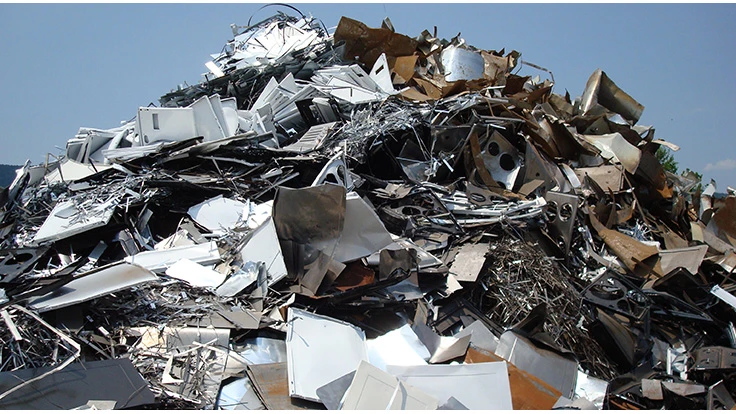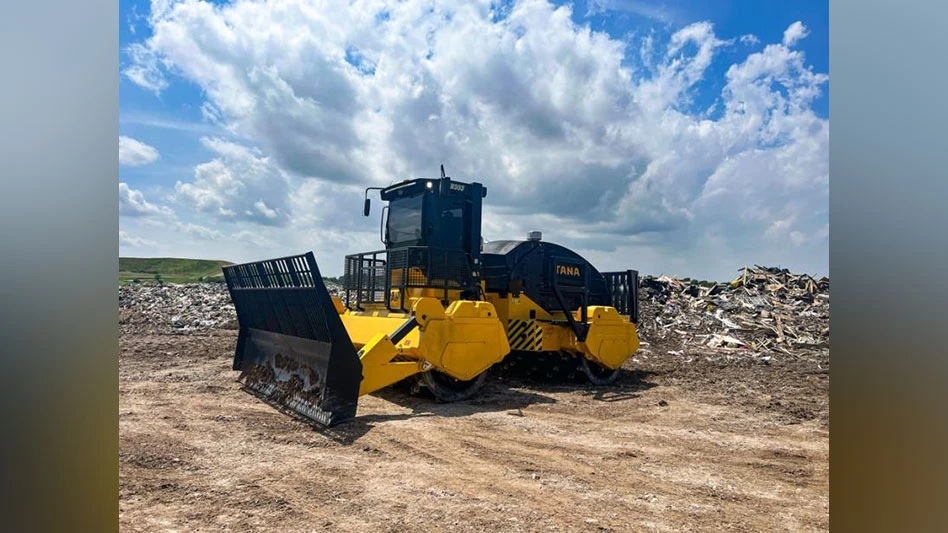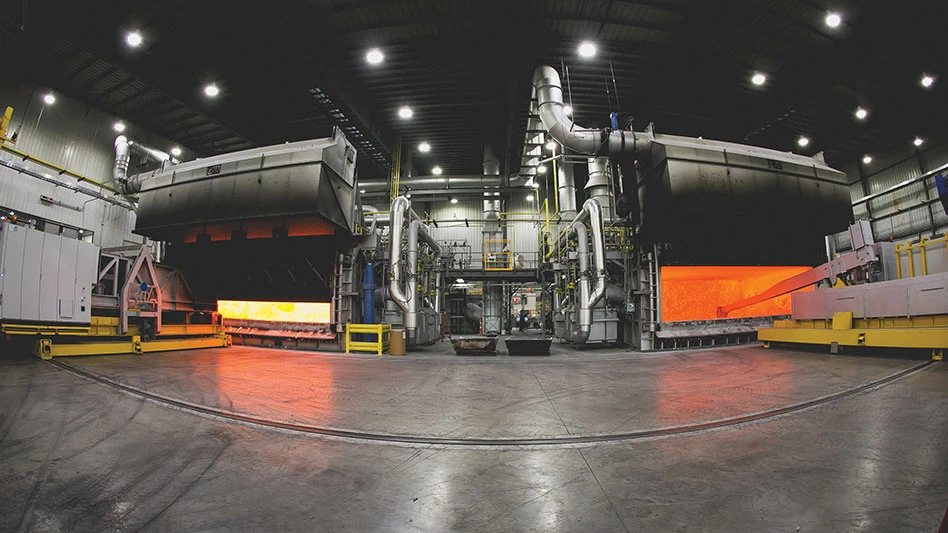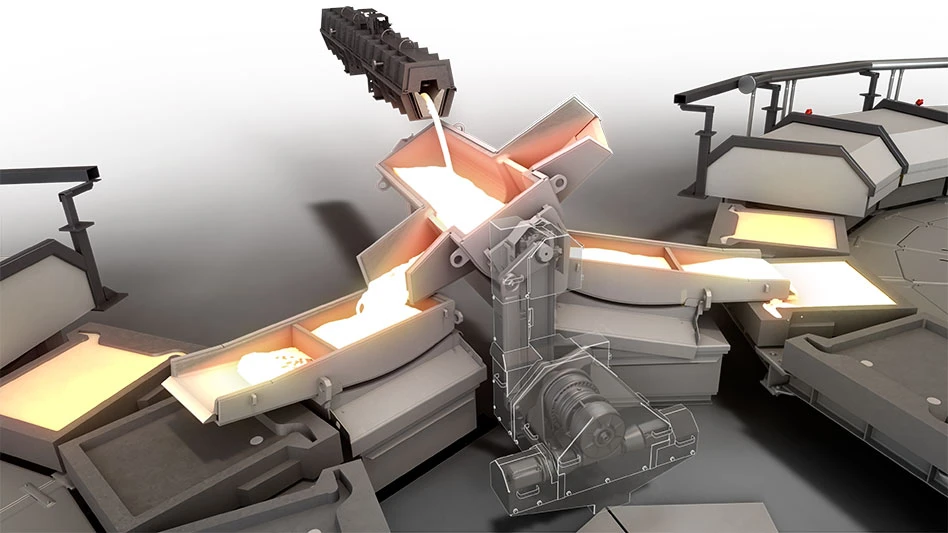
Ferrous scrap recyclers hoping for a price rebound in the fourth quarter of 2015 are instead seeing another steep price drop in the early October buying period.
An Oct. 7, 2015, report in American Metal Market (AMM) says steel mill buyers in the Chicago and Detroit regions are paying in the $145 to $150 per ton range for the No. 1. heavy melting steel (HMS) grade. Other mills in the region are not buying scrap at all, according to the report.
If October 2015 prices stay in that range, it will represent a more than 25 percent drop from the $217 average price for No. 1 HMS in September. An average figure in the $150 range will put ferrous scrap in a price range it has not visited since the late 2008 and early 2009 financial crisis.
Steelmakers and ferrous scrap recyclers around the world continue to cope with the ramifications of China’s steep drop in steel consumption in 2014 and 2015 combined with steel output in that nation that is only now being curtailed (and at a modest pace).
An Oct 4, 2015, report on the Asian Nikkei Review website cites a UBS Securities report detailing mounting finished steel oversupply. “UBS Securities expects China’s crude steel capacity to exceed consumption by 441 million tons in 2015,” says the article’s author, adding, “The steel supply-demand gap will grow to be nearly three times wider than it was five years ago.”
That 441 million tons figure is five times the annual steel production in all of the United States. Although the global economy overall is by no means in crisis, with modest GDP growth the norm in most of the world’s largest economies, conditions in the steel, iron ore and ferrous scrap markets in much of the world are more reminiscent of a recession.
Throughout the first portion of the 21st century, China’s monumental building boom and urbanization led to growth in steel production and metallics demand not only in China, but also neighboring countries, including Japan and South Korea.
Monthly statistics, however, increasingly point to China’s infrastructure and urbanization movements having reached their peak steel intensity phase, with steelmakers not only in China but also in some of its neighboring nations scaling back their output in 2015.
Through the first eight months of 2015, the roster of Asian nations with steel slowdowns in effect includes: China (down 2.1 percent, or 11.5 million metric tons); Japan (down 4.9 percent or 3.6 million metric tons); South Korea (down 3.2 percent, or 1.5 million metric tons); and Thailand (down 7.4 percent, or 200,000 metric tons).
Melt shops working at a slower pace has been the direct result of China’s construction slowdown in Asia, but steelmakers in other parts of the world say their problems have been caused by those same furnaces staying at full production throughout 2014 and much of 2015 and sending their output to North America, Europe or wherever else they could find a buyer.
Thus, while the United States may be enjoying GDP growth and a reasonably healthy building sector, steelmaking furnaces in North America are not melting more scrap as a result.
Instead, steel output in the United States through the first eight months of 2015 is down 8.5 percent, according to Brussels-based Worldsteel. That 5 million metric tons drop in U.S. steel production means scrap processors in the U.S. face not only reduced demand from their overseas buyers but from domestic mills as well.
Get curated news on YOUR industry.
Enter your email to receive our newsletters.
Latest from Recycling Today
- Fenix Parts acquires Assured Auto Parts
- PTR appoints new VP of independent hauler sales
- Updated: Grede to close Alabama foundry
- Leadpoint VP of recycling retires
- Study looks at potential impact of chemical recycling on global plastic pollution
- Foreign Pollution Fee Act addresses unfair trade practices of nonmarket economies
- GFL opens new MRF in Edmonton, Alberta
- MTM Critical Metals secures supply agreement with Dynamic Lifecycle Innovations





